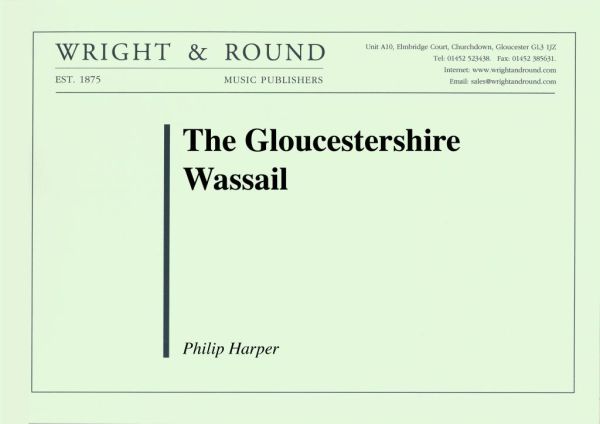We've found 1000 matches for your search. Order by
Results
-
 £33.00
£33.00The Gloucestershire Wassail (Score and Parts)
A superb, choreographed opener to a concert. In traditional wassail fashion small groups of musicians play in various part of the hall eventually congregating as a full band on stage in a magnificent finale. Playable by most levels of bands with competent cornet sections.
Estimated dispatch 7-14 working days
-
£26.50
Bocherini's Minuet - Boccherini, L - Hawkins, G
Menuett by BoccheriniFull band set (score not available)
In Stock: Estimated dispatch 1-3 working days
-
£33.00
Bohemian Dance - Bisset, J - Rimmer, D
Includes a full band set (no score)
In Stock: Estimated dispatch 1-3 working days
-
£33.00
Bygone Days - Savile, A
Includes a full band set (no score)
In Stock: Estimated dispatch 1-3 working days
-
£26.50
Chant Sans Paroles - Tchaikovsky, P
Includes a full band set (no score)
In Stock: Estimated dispatch 1-3 working days
-
£26.50
Crown Diamonds - Auber, D - Greenwood, JA
Includes a full band set (no score)
In Stock: Estimated dispatch 1-3 working days
-
£26.50
Daughter of the Regiment - Donizetti, G
La Fille du RegimentFull band set (no score available)
In Stock: Estimated dispatch 1-3 working days
-
£33.00
El Matador - Zutano, A - Rimmer, D
Includes a full band set (no score)
In Stock: Estimated dispatch 1-3 working days
-
£33.00
Galop from Il Profeta - Meyerbeer, G - Rimmer, D
Includes a full band set (no score)
In Stock: Estimated dispatch 1-3 working days
-
£26.50
Gavotte Celebre - Gossec, F - Rimmer, D
Includes a full band set (no score)
In Stock: Estimated dispatch 1-3 working days
